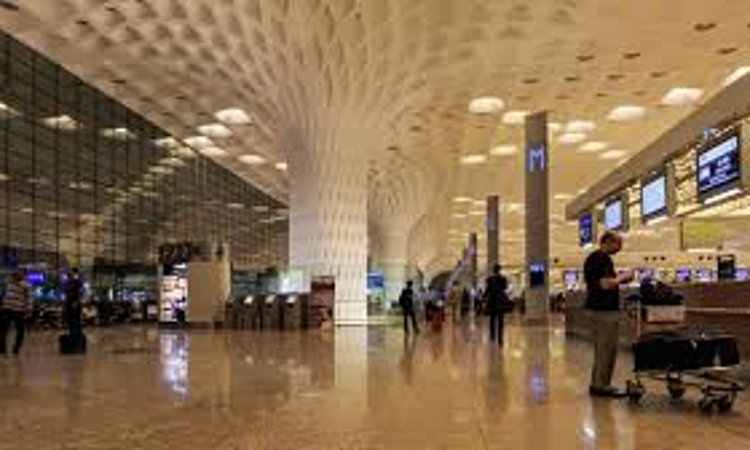- Home
- /
- News Updates
- /
- Explain How AAI's Decision To...
Explain How AAI's Decision To Increase Height Limit Of Buildings Near Navi Mumbai Airport Is Illegal: Bombay High Court To Petitioner
Amisha Shrivastava
30 Aug 2022 11:00 AM IST
The Bombay High Court on Monday asked the petitioner to explain how the Airport Authority of India's (AAI) decision to increase maximum permissible height of buildings near upcoming Navi Mumbai Airport is violative of the law. "If there is breach, then we will remedy breach", the court said and directed the petitioner to file an affidavit pointing out the statutory...
The Bombay High Court on Monday asked the petitioner to explain how the Airport Authority of India's (AAI) decision to increase maximum permissible height of buildings near upcoming Navi Mumbai Airport is violative of the law.
"If there is breach, then we will remedy breach", the court said and directed the petitioner to file an affidavit pointing out the statutory violations.
Chief Justice Dipankar Datta and Justice M.S. Karnik were hearing a PIL filed by advocate Yeshwant Shenoy alleging violation of international safety norms by AAI, CIDCO and DGCA regarding constructions near airports.
"You have to build up your case that statute does not permit the decision in the press note. If you want to challenge the decision, there have to be proper averments", Chief Justice Datta stated.
The court said this after Shenoy submitted that the No-Objection Certificates (NOC) for construction of high rises cannot be valid beyond 12 years. However, the tallest building near Navi Mumbai Airport is 111m high and the NOC was given in 2008.
"Now who is going to demolish? An obstacle is always an obstacle. Just because AAI is giving permission doesn't mean it's not an obstacle", Shenoy submitted. He further pointed out the dilemma that only the portion of building above the permissible limit is illegal but the rest is legal.
Earlier the court had asked the AAI for details of NOCs granted after CIDCO published a press-note inviting applications for construction of high-rises near the upcoming airport.
The AAI informed the court that it has granted 104 NOCs out of 123 pending applications as per rules under the Aircraft Act.
The court directed Shenoy to file a "better affidavit" to show the statutory violations in the decision to increase maximum permissible height from 55.10 metres to 160 metres and listed the matter on 29th September.
Chief Justice Datta made oral observations after passing the order regarding the timeline of the construction of the airport. "What is striking us is this, we thought the airport would come up first before the buildings".
Justice M.S. Karnik asked, "Is the development happening because of the airport or the airport is stuck because of the development?"
Chief Justice Datta further said that it will be better for an expert to come and explain the issue to court in simple terms. The petitioner's submissions should be reinforced by another expert.
The court had earlier asked the DGCA to provide details of structures near the Chhatrapati Shivaji Maharaj International Airport that need to be removed.
The DGCA submitted that some obstacles are illegal hutments which are constantly changing. DGCA is working on determining which are illegal to remove them.
Chief Justice Datta said, "Between hutments and high-rise buildings what is more important? Why are you targeting the hutment dwellers?"
Case Title: Yeshwanth Shenoy v. The Union of India


